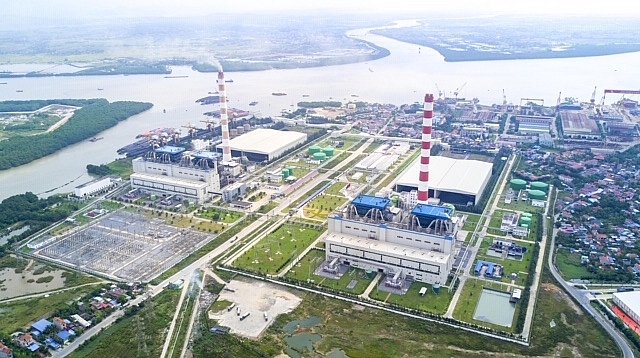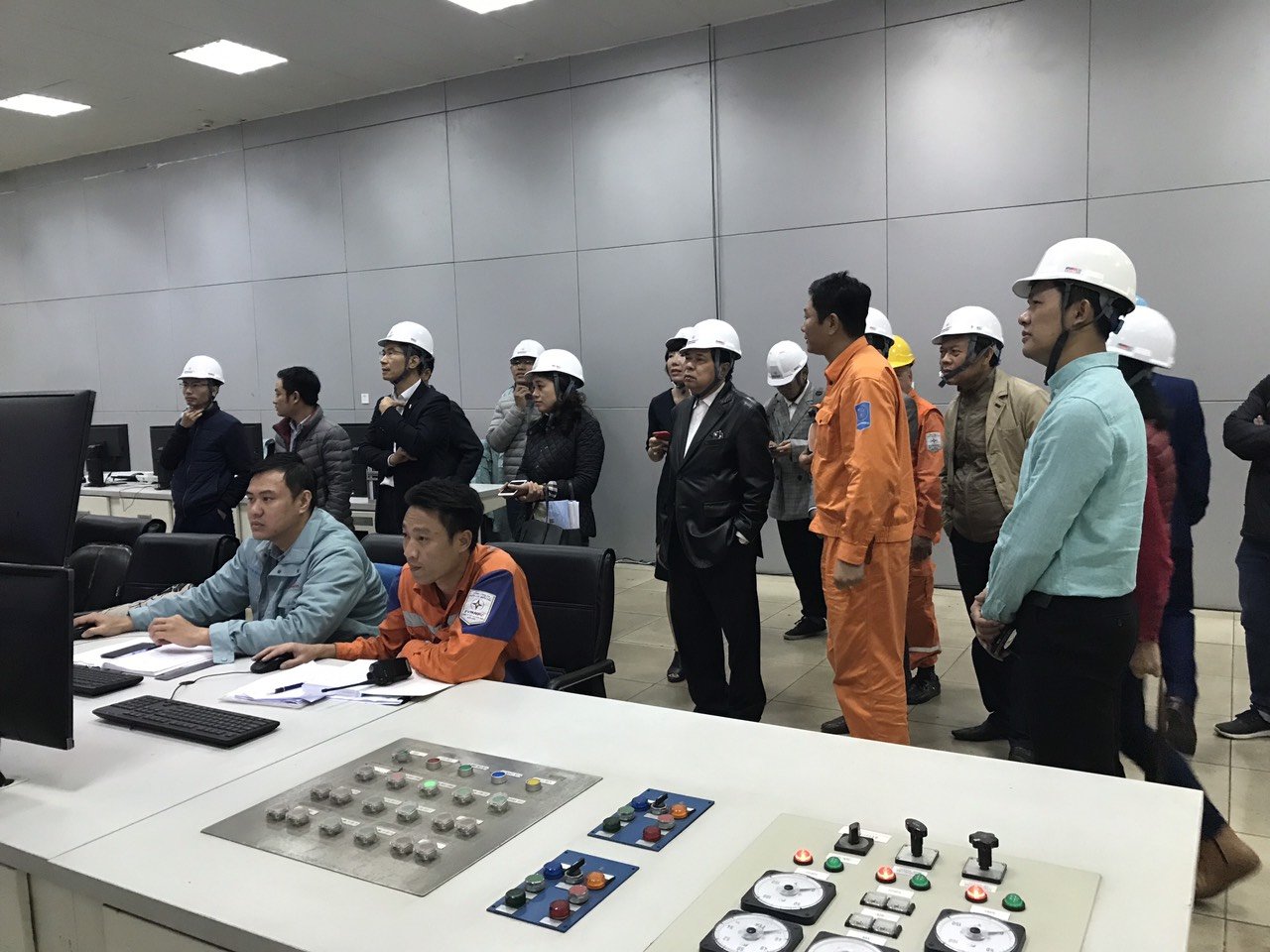New research from the Institute of Energy that optimizes the efficiency of coal-fired power plants
Scientists from the Institute of Energy, Ministry of Industry and Trade have researched the application of two new additives to optimize the combustion of coal, increase combustion efficiency and reduce CO2 emissions to the environment.
National Science and Technology Project: "Research and test on burning coal with additives to increase efficiency and reduce pollutant emissions for coal-fired thermal power plants" is a research project under the Program "Research on the application of coal-fired power plants and development of Energy technology KC.05/16-20”.
The objective of the project is to master technology to increase efficiency and reduce pollutant emissions for coal-fired thermal power plants. At the same time, select additives suitable for technology and fuel for coal-fired thermal power plants in Vietnam.
 Despite many environmental problems, coal-fired power is still an important source of energy
Despite many environmental problems, coal-fired power is still an important source of energyOne more solution to the problem of clean coal thermal power
In the current context of Vietnam and for the next decades, coal-fired power remains an important strategic energy source for the country's economic development. Although there have been many efforts in selecting new generation thermal power technology, in terms of financial constraints, coal-fired power plants in Vietnam still have certain environmental problems. According to experts, in the context of Vietnam, the most possible option is to apply technology to make coal-fired power in use become cleaner and more efficient.
In coal-fired power plants, the burning of raw materials generates a large amount of CO2 and impurities in coal are released into the environment in the form of NOx, SOx, which causes pollution. Currently, thermal power plants have applied a number of pollution treatment technologies, such as desulfurization, denitrification, and electrostatic precipitators.
In this project, the Institute of Energy research team focused on optimizing the combustion process on a large scale using additives. Note that this is not the first time applying the method of using catalytic additives to increase the efficiency of coal burning. This method has previously been applied and tested by many countries such as India, the US and China at Son Dong Thermal Power Plant and Ninh Binh Thermal Power Joint Stock Company.
According to Dr. Nguyen Chien Thang, Institute of Energy, this study has optimized "selecting and evaluating the effectiveness of additives suitable for Vietnam's conditions on large-scale coal-fired plants, especially those using large-scale coal-fired boiler technology and using domestic anthracite coal".
 The research team works with unit 3 of Hai Phong Thermal Power Plant. Image: Institute of Energy
The research team works with unit 3 of Hai Phong Thermal Power Plant. Image: Institute of EnergyChoosing the right catalyst
According to Dr. Thang, “additives, or catalysts, all share the same mechanism of reducing the activation energy of the coal fuel particle reaction, thereby making it possible for the reaction to occur faster or to occur at high temperature. lower temperature”. This is the reason they are used very commonly in fuel treatment processes, especially in the field of refining - petrochemicals.
Test results from boiler No. 3 with capacity of 300MW of Hai Phong Thermal Power Plant show that Eplus and Reduxco both achieved the set target with PC coal furnace using Anthracite coal. Specifically, both additives rose boiler efficiency by about 1% on average, reduce coal consumption by 2.6%, carbon content and in ash by about 2.4%, and NOx and SOx emissions in exhaust smoke decreased by 6.3% and 12.2%, respectively.
The research team also found the optimal mixing and burning concentration ratio for fuel ranging from 55 ml - 65 ml/ton of coal. During the testing process, the research team realized that the Eplus additive had more advantages in terms of increasing combustion efficiency, reducing coal consumption and the remaining carbon content in the ash. Reduxco additive is more effective in reducing SOx and NOx emissions.
High economic efficiency
After testing and calculations, it is known that the solution of using additives to increase the efficiency of coal burning brings potential economic benefits. With Eplus additives, saving fuel and buying additives for the 300MW unit brings about a net profit of about 15 billion VND per year. Economic efficiency from Eplus additive is significantly greater than using other additives.
"If taking into account the social costs of environmental, climate and health damage, this figure can even reach 1.5 - 5 million USD for a unit and even more for the whole plant," said Master Nguyen Thi Thu Huyen, a member of the research team. However, in terms of reducing toxic SOx and NOx emissions, the team members rated Reduxco additive with higher efficiency.
While with some other methods, it is necessary to invest a lot of capital to renovate and upgrade the system, or to replace some equipment that make it difficult for mass application, the solution of the scientists of Institute of Energy is evaluated has the advantage that easy to apply in practice. In this method, it is only necessary to mix additives into the combustion chamber through a conduction device, including a supply pump and re-gasifier. "This system can operate fully automatically and can be installed in most coal-fired power plants today," said Dr. Thang.
Ha Tran


 Vietnam - UK cooperate for sustainable development
Vietnam - UK cooperate for sustainable development
 Vietnam, Japan sign a Memorandum of Understanding on low-carbon growth
Vietnam, Japan sign a Memorandum of Understanding on low-carbon growth
 Increasing solutions in response to climate change
Increasing solutions in response to climate change
 Realizing vision towards sustainable green agriculture development
Realizing vision towards sustainable green agriculture development
 WWF-Vietnam calls to reduce plastic waste
WWF-Vietnam calls to reduce plastic waste
 Promoting ASEAN cooperation towards sustainable development of mineral exploitation
Promoting ASEAN cooperation towards sustainable development of mineral exploitation
 Developing forests in coastal areas in response to climate change
Developing forests in coastal areas in response to climate change
 Application of enzymes to improve efficiency in paper production
Application of enzymes to improve efficiency in paper production